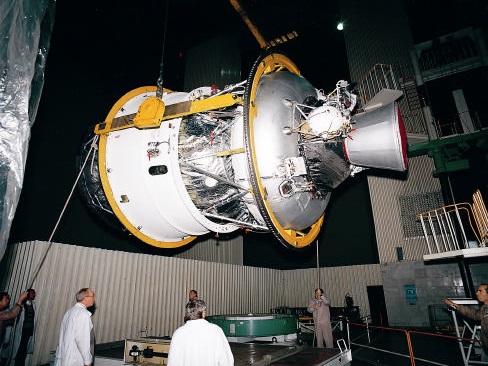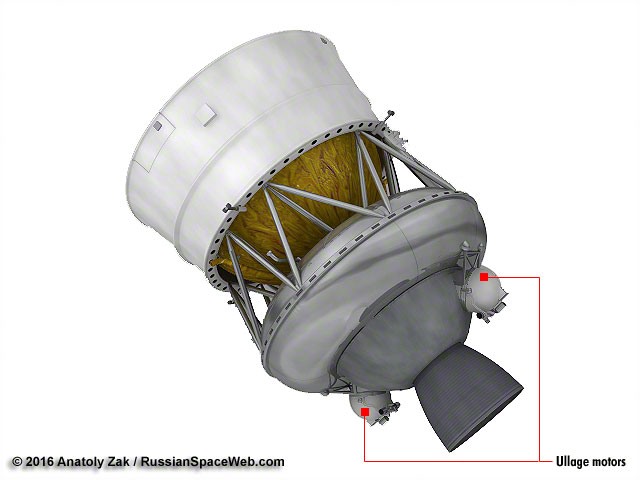On April 15, 2022, a spent Russian Launch Support System (LSS) engine exploded in near Earth orbit. It was used to launch GLONASS satellites into space in 2007. This was announced by the 18th Space Control Squadron of the US Air Force. At least 16 fragments of space debris were formed as a result of the incident.
#18SDS has confirmed the breakup of SL-12 R/B (#32398, 2007-065F), which occurred April 15, 2022. Tracking 16 associated pieces – analysis ongoing. #spacedebris @spacetrackorg @ussfspoc @us_SpaceCom
— 18th Space Defense Squadron (@18thSDS) May 3, 2022
What are LSS engines for?
The launch of GLONASS satellites was carried out as follows. Initially, the Proton rocket put the spacecraft into an intermediate orbit. Then the DM series upper stage came into play. During two maneuvers, it put the spacecraft into a target 19130-kilometer orbit. LSS engines were used for them.

The main difficulty associated with the re-activation of the upper stages in orbit due to weightlessness, the fuel in the tanks (which are already partially empty) begins to move freely. Because of this, there may be a situation when it simply will not be at the valve (It is for this reason that in the early years of the space age, many upper stages could not turn on). To solve the problem, the DM series upper stages are equipped with two relatively small (their dry weight is 110 kg) LSS engines. When turned on, they create acceleration, which pushes the fuel to the engine, which allows it to be turned on. At the end of the maneuver, the LSS clicks off.
Explosions of LSS engines
The problem with LSS is that they usually do not consume all their fuel completely. Because of this, spent engines tend to explode over time. According to astrophysicist Jonathan McDowell (he is widely known among space enthusiasts for his work on maintaining statistics of space launches and tracking satellites), at least 54 orbiting LSS have exploded to date. This led to the appearance of 173 tracked debris (their real number is much higher).

As for the LSS that exploded on April 15, it was in orbit with a perigee of 388 km, an apogee of 19074 km and an inclination of 64.8 °. Thus, it will take quite a long time before they enter the earth’s atmosphere.
This is not the first time that old stages and satellites have exploded in near Earth orbit. For example, in 2020, the fuel tank of the Fregat upper stage exploded. And in 2021, an old NOAA-17 weather satellite exploded in orbit.
Follow us on Twitter to get the most interesting space news in time
https://twitter.com/ust_magazine

